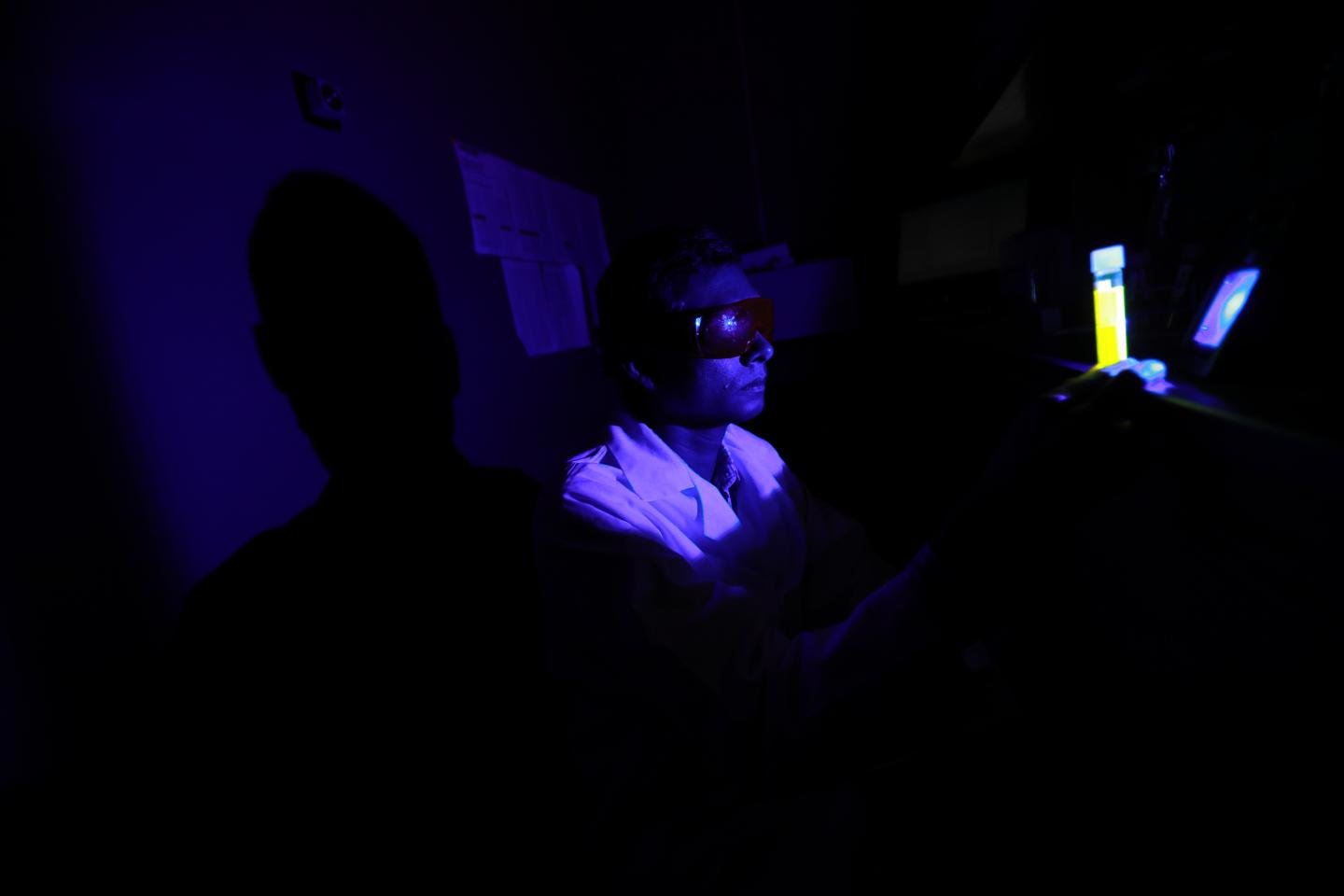hi torpesco i have been using lutron for years. they are a much better dimmer than anything out there. on the other hand i've replaced more just a few year old leviton dimmers. even the leviton switches and outlets don't last more than 10 years without disintegrating. (face falls off or bottom or top outlet comes off but bottom stays leaving the brass) to either short out or someone gets zapped. not sure why you are looking for low voltage dimmers as they are more expensive. the regular dimmer used (elv) type have been very reliable for me. (broken link removed) the paddle type switch used are reliable if installed right and not pushed so hard like you are trying to push it through the wall. the switch breaks on any brand used if treated like that. lutron dimmers, the dimmer usually outlasts the switch. the one like above with the dimmer right next to the switch i find lasts years and not sure what they cost in canada but in the states are around 30 dollars give or take. the skylark dimmer the switch under the slide dimmer usually goes first. the elv type dimmer will work on incandescent, halogen or led bulbs. the only time i have spent over a hundred (and they are getting cheaper) is when i buy a 1000 watt dimmer or the low voltage type used for a electronic ballast type fixture. i think i put in at least one dimmer in every third residential job i do.
Thanks,
@fbelec. I have only limited personal experience, but Lutron are generally my favourite, too. I just wish the Caseta looked nicer. It bugs me that the Maestro smart switches are reserved for the RA2 line.
Anyway... Looking at the spec sheet linked to from that light switch on build.com, it seems like a bunch of their dimmers will work with ELV, with the catch of needing that 'WBX' interface / power module - which seems like a big catch to me, as it needs its own wall box.
We bought a few lights after moving into our home last year, and there are three or four I'd like on dimmers, which all have integrated LEDs & drivers. For instance:
https://kuzcolighting.com/product/eerie-pd19347/. The specs for that say it needs an ELV dimmer. Now I see they have a "suggested dimmers" PDF, and it lists a couple non-ELV Lutron dimmers as being compatible. I find that puzzling. I should try a regular dimmer with it. The page that came with the light just said ELV.
This other one, in a powder room, reacted horribly when I tried a Maestro occupancy sensor dimmer switch:
https://kuzcolighting.com/product/bute-ws8324/. (Its compatible dimmer switch PDF lists only ELV dimmers.) That was when I learned about MLV vs ELV dimmers and what that actually meant in terms of being leading edge vs trailing edge. It made me wish I'd bought fixtures that took regular A19 bulbs so I could just by Philips LED bulbs.
Now that I've looked up those light references to share, it gives me hope -- it looks like I might be able to use something like
DVCL-153P (only $35 CAD) for two of the lights (and possibly a third). Then I just need an ELV dimmer for the powder room one... if I feel like giving up the occupancy sensing function. Which I might: it's painful to walk in there at night and have the light come on full blast!






